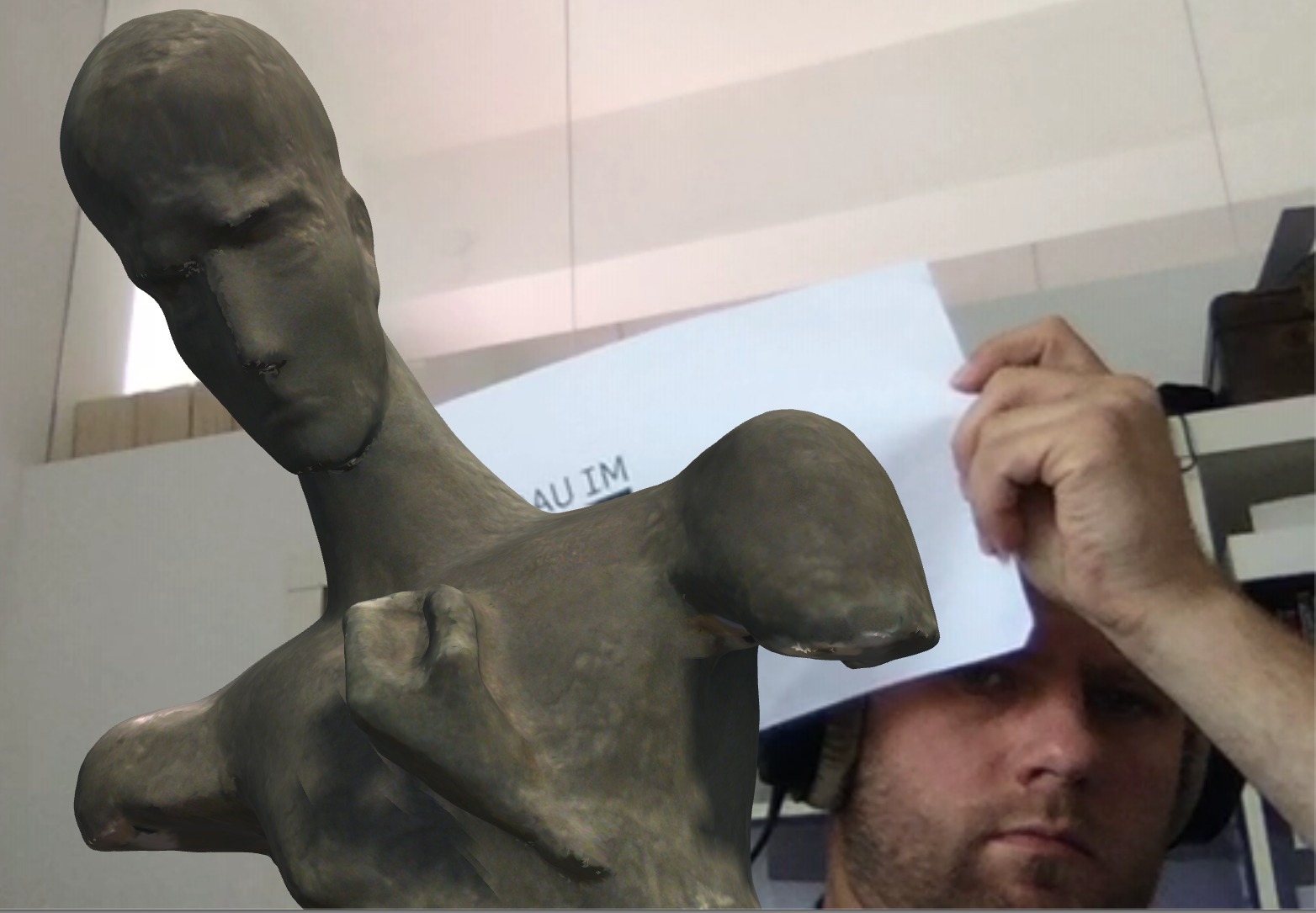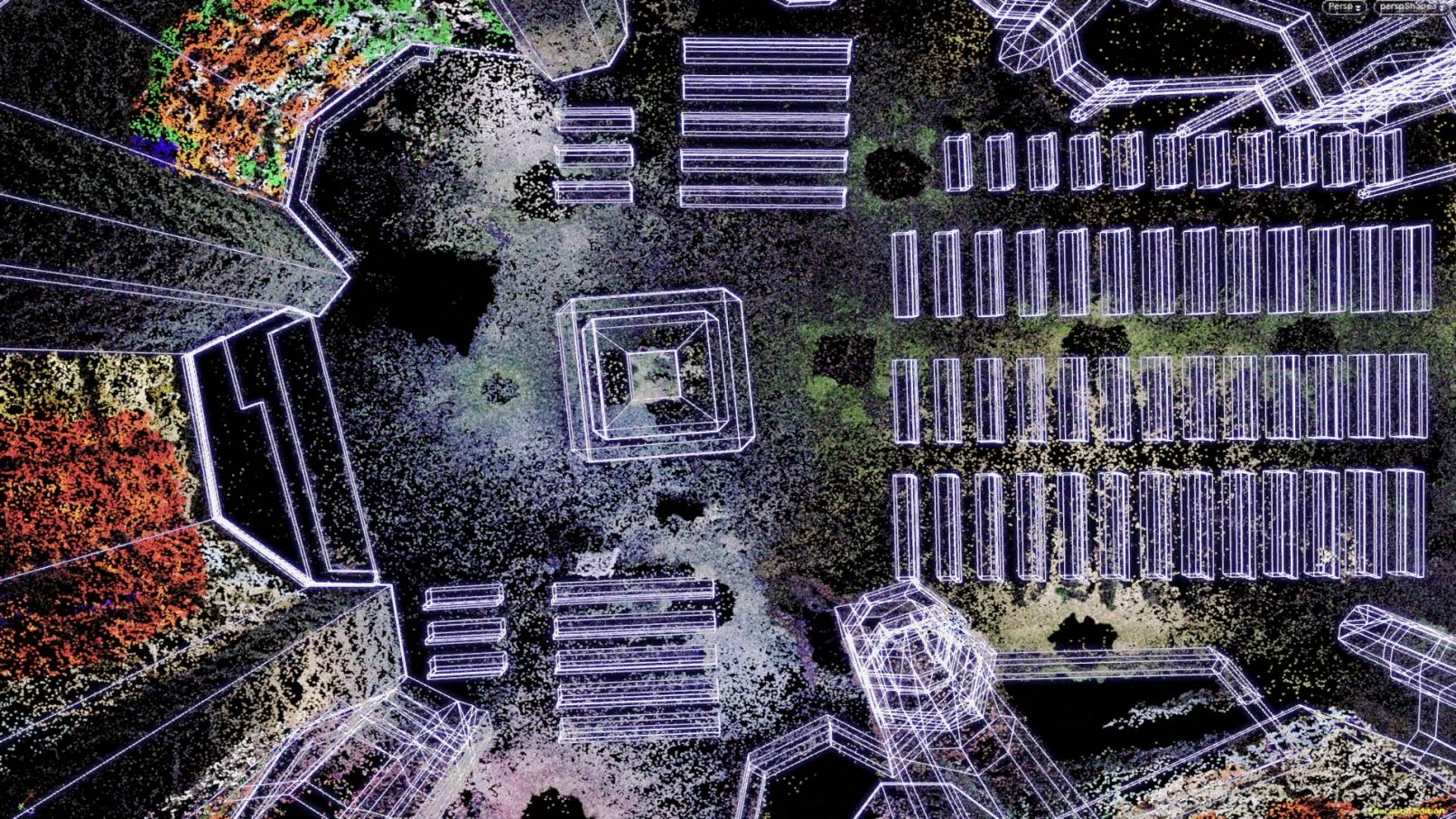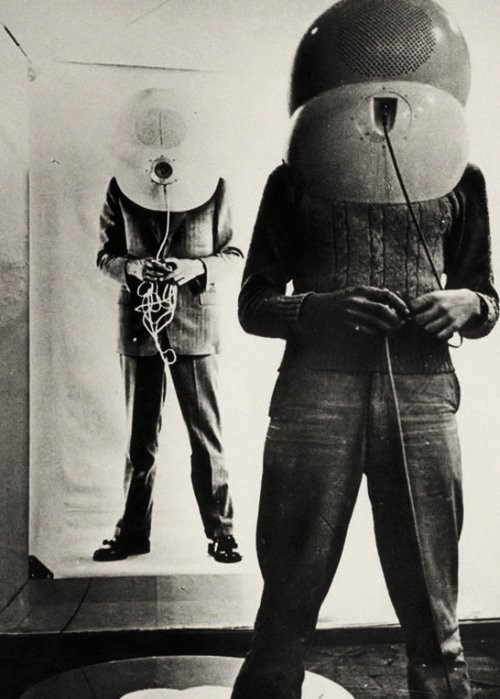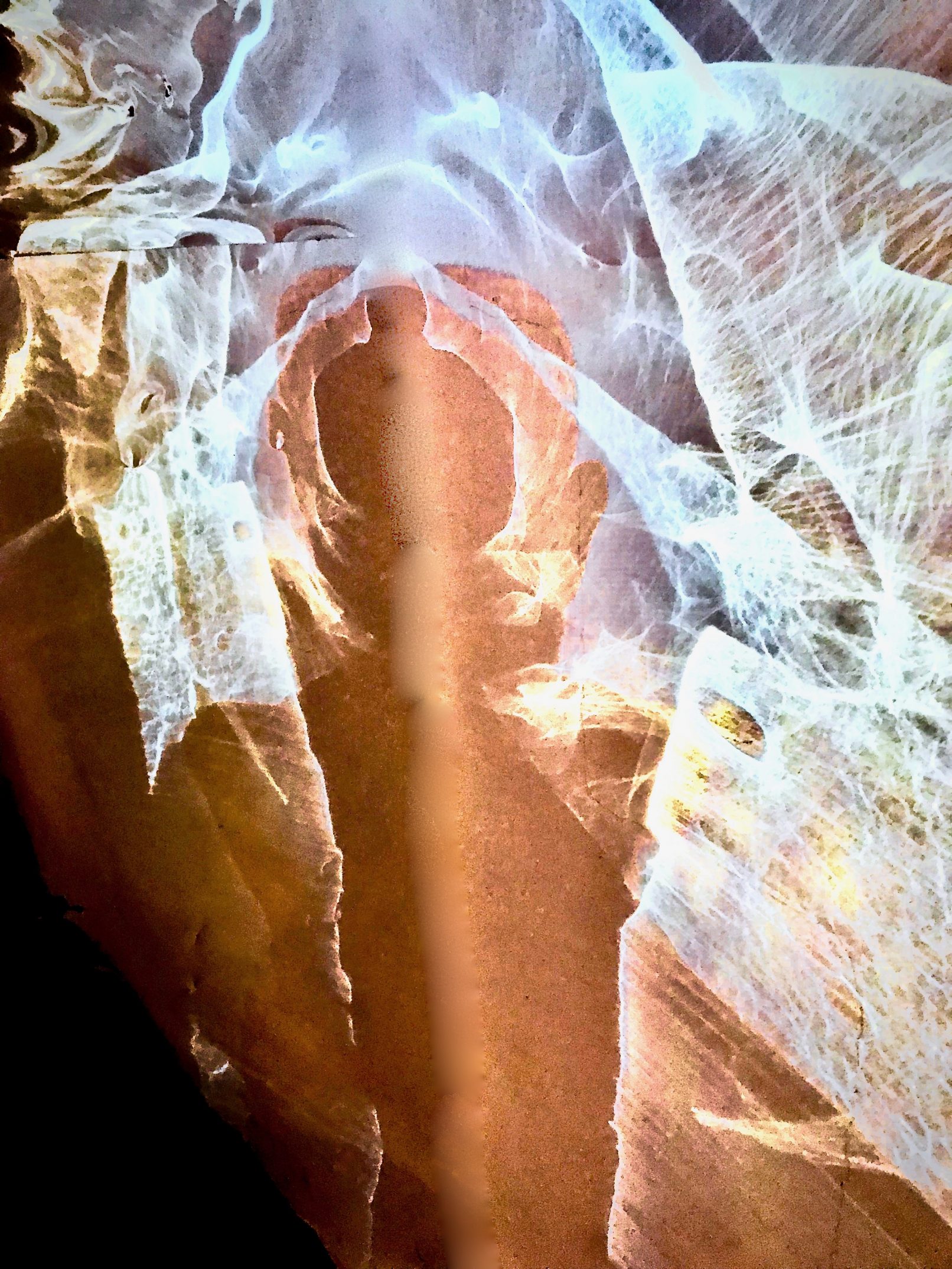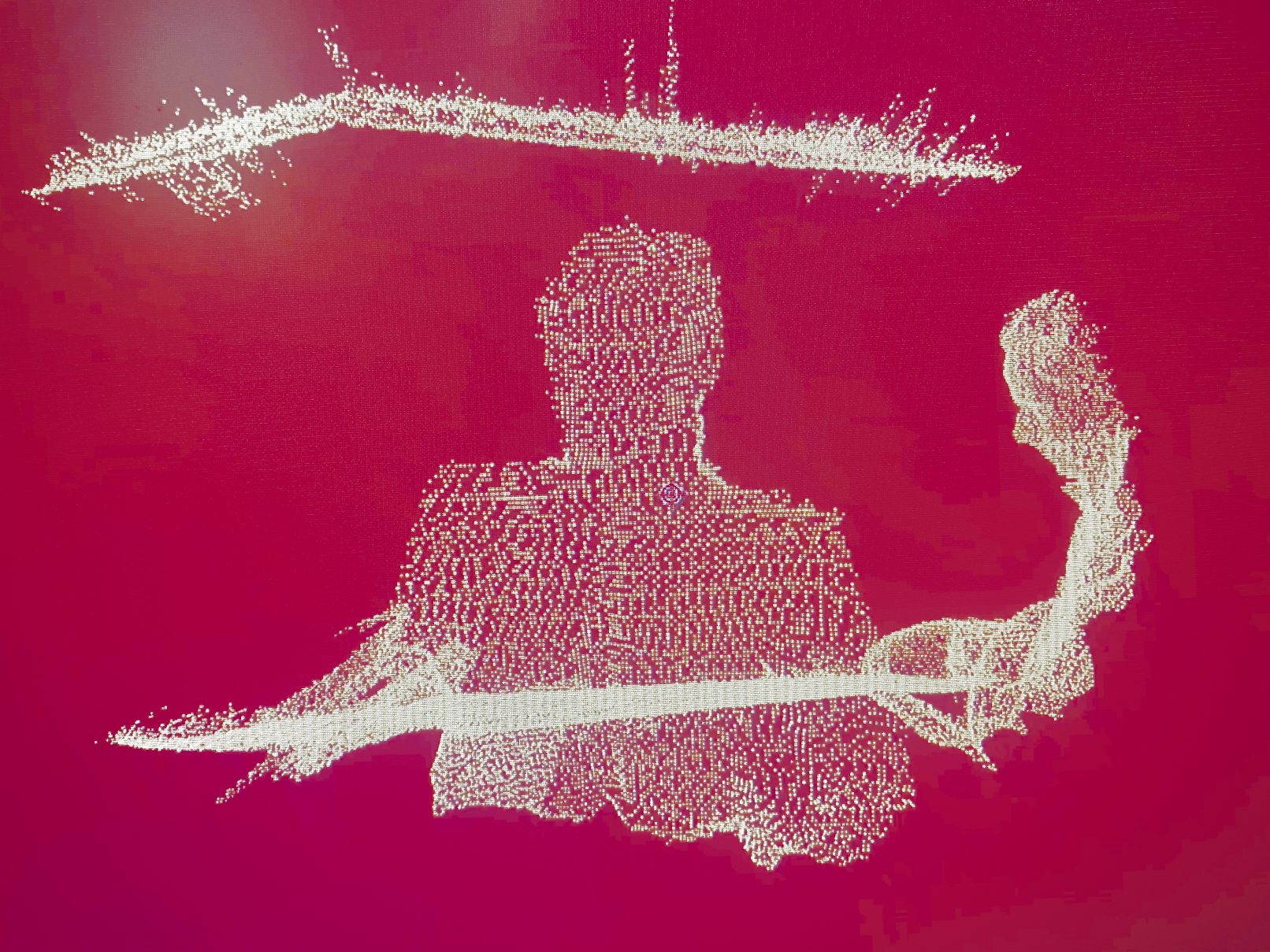Realityhybrids
The dissertation “Realityhybrids” observes the reception within virtual spaces and analyses their altered narrative possibilities of conveying information. This refers in particular to the technology of HMDs (Head Mounted Displays), through which fully computer-generated environments (Full CG) can be experienced. The resulting isolation of visual perception by means of projection is examined in the receiving human being (Ánthrōpos), in his sensory reception, self-location (e.g. disembodiment) and meaning formation. The cadra-less image, which occupies the field of vision in its entirety and dissolves distance into immersion, changes our relationship to the content of the image. The recipients themselves become the content of the image and the interface occupies visual perception. The differentiation between simulated sensory impressions and the real body events cannot be guaranteed. The central question is: How do media reception processes interact with the construction of a subjective reality? In addition, the question arises as to how far technologies have an effect on self-location. If objects from the real world are added to the virtual space (e.g. in VR a chair is placed where a chair is), a connection is created, i.e. a hybridisation of reality, which strengthens the recipient’s trust in the immersive environment. As the Scandinavian scientist Prof. Dr. Henrik Ehrsson found out, people localise their bodies in the context of physical stimuli. Media representation now has a topos, a position, a place in whose relations one can move. Since then, the art world has not been located in any otherworldly ether, it is there where it is given space in reality. The potentials of this “Artifical Reality”, in pre- or post-real space, are to be broken down in this dissertation.
Tobias Bieseke was born 1983 in Kassel. He has been a student in the Film & Sound program at the Fachhochschule Dortmund University of Applied Sciences and Arts since 2008 (studying under Prof. Dubini, Harald Opel, Adolf Winkelmann, J. U. Lensing, and Hacker) and has participated in symposiums and lecture events at the invitation of Prof. Dr. Hans Ulrich Werner of Hochschule Offenburg. Tobias Bieseke is the author of several short experimental and narrative films. His films have been shown at art shows and film festivals in Rome, New York, Vienna, Heidelberg, Essen, Milan, Erie, Paris, Bochum, Madrid, and Pompano Beach. He is currently working as a research assistant at kiU of Fachhochschule Dortmund in the Dortmunder U (center for art and creativity), where he studies digital visual worlds and their interactions with sound and space. In 2017 he successfully graduated his master studies with honor. Since November 2018 he has been doing his doctorate at the KHM in Cologne.
| since 2018 | Doctoral student at KHM Cologne Working as research assistant at the kiU of Fachhochschule Dortmund in the in Dortmunder U |
| 2013 – 2017 | Master of Arts in Film at Fachhochschule Dortmund |
| 2009 – 2013 | Bachelor of Arts in Design Media Communication at Fachhochschule Dortmund |
| 2007 – 2009 | Working as art director of studentfilms at kunsthochschule Kassel / Working as interior decorator |
| 2007 | community service |
| 2003 – 2006 | high school graduation |
| 2000 – 2003 | Education to an interior decorator with graduation |
- philosophy of technics
- cybernetics
- cognition theory
- virtual reality / artificial reality
- media theory
- reality construction





